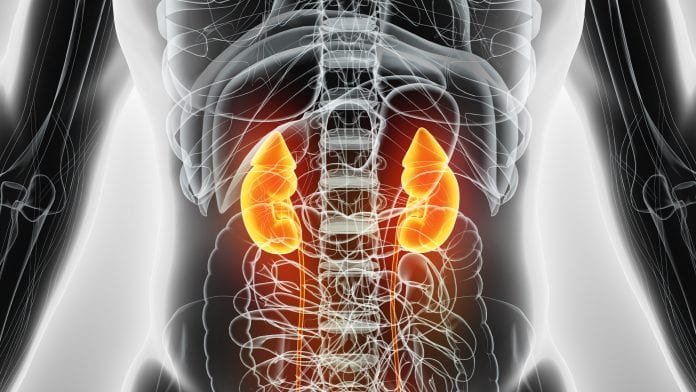
Scientists have described the natural mechanism for temporarily protecting the mitochondria is key to decoding the treatment of acute kidney injury.
For the first time, researchers have described the body’s natural mechanism for briefly protecting the powerhouses of kidney cells when injury or disease means they aren’t getting enough blood or oxygen. The researchers at Augusta University, USA, have defined the natural mitochondrial protection pathway in kidney cells and explain how this is a logical therapeutic target for the treatment of acute kidney injury.
What do you know about mitochondria?
Dr. Zheng Dong, cellular biologist in the Department of Cellular Biology and Anatomy at the Medical College of Georgia at Augusta University, explains how mitochondria, providing fuel for our cells, start to fragment, likely as one of the first steps in the kidney cell damage and death that often result from an acute kidney injury.
“We know there is a natural protective mechanism. Maybe we need to upregulate it.” says Dong.
The drugs that target at least one key part of the pathway already have been studied in patients experiencing anaemia, which is a deficiency in the red blood cells that carry oxygen, due to chronic kidney disease.
The scientists started by examining a large number of microRNAs, small RNAs known to regulate gene expression. They found one, microRNA-668, consistently elevated in both patients with an acute kidney injury as well as animal models of the condition, which is common in patients in intensive care, particularly older patients.
Mitochondrial fission and fusion are opposites; however, their balance is key to a healthy cell powerhouse. They are governed by two distinct classes of proteins, which emerging evidence suggests are regulated by microRNAs.
A method in which physicians might one day improve the odds for mitochondrial and kidney survival, may be a class of drugs called PHD inhibitors, which have already been studied in chronic kidney disease. PHD – prolyl hydroxylase – is a protein that induces the degradation of protective HIF-1 and Dong suspects PHD inhibitors could benefit patients with acute kidney injury as well. A microRNA-668 mimic, similar to that used in the studies, might one day be another option.
Treatment of acute kidney injury
Currently, there aren’t any targeted therapies or treatment of acute kidney injury, however there is supportive therapies like hydration, possible short-term dialysis and addressing the injury cause.
According to Dong, with an acute kidney injury, kidney function deteriorates in a few hours or days. It can result from a physical blow to the kidney, in a fall or car accident, or from dehydration in an overzealous student athlete. In the face of general good health, most patients recover fully and quickly.
However, acute kidney injury mostly occurs in people who already have another medical issue such as diabetes. In fact, most are in the hospital when it happens, with problems like bleeding or shock, failure of other organs like the heart, even an overdose of over-the-counter nonsteroidal anti-inflammatories for problems like a cold or flu, according to the National Kidney Foundation.
This particular research conducted by Dong and his team was the first to show that as a class of molecules, microRNAs could play a pivotal role in reducing acute kidney injury. They reported in 2010 that deletion of a key enzyme for microRNA production from kidney tubules made mice resistant to ischemia-induced acute kidney injury, suggesting an important destructive role for at least some microRNAs.
Subsequent work led to identification of specific microRNAs with significant changes in expression in the face of ischemic acute kidney injury. Those studies found some microRNAs definitely promote fission but others seem to help protect kidney cells.






















